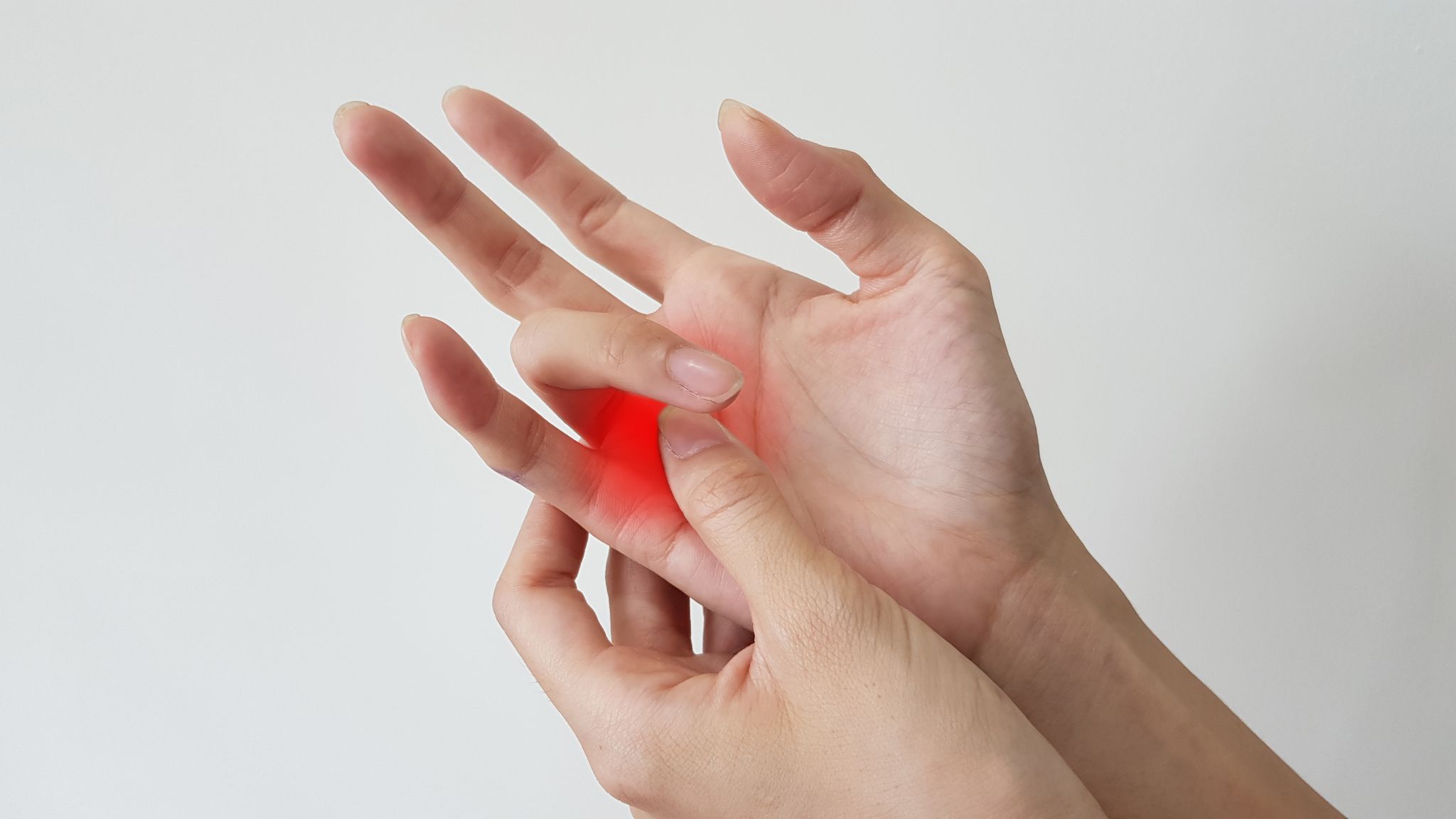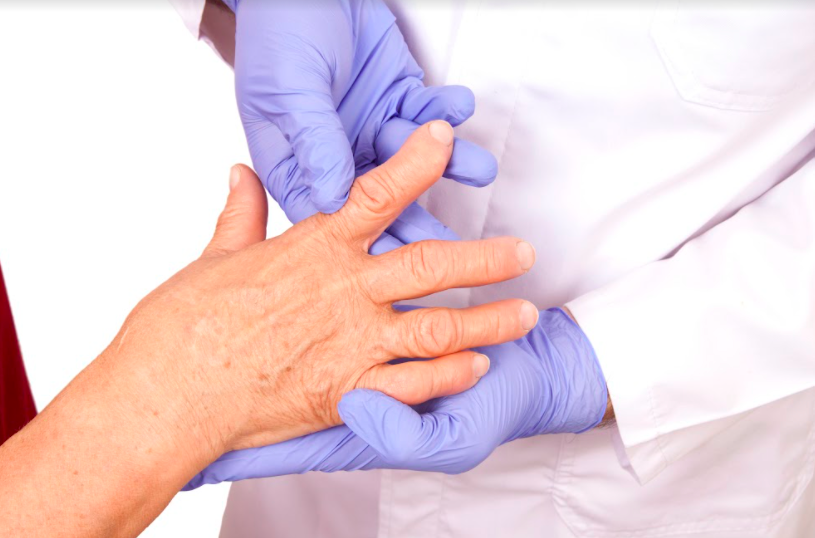This article has been verified medically by Dr Tan Ter Chyan, hand surgeon at Hand Surgery Associates, Mount Elizabeth Novena Specialist Centre (Singapore).
About the Doctor
Trigger finger causes. Trigger finger is a degenerative and overuse disease. It occurs when the finger’s tendons no longer slide smoothly along a hood called the tendon sheath, usually as a result of swelling. This is due to the constant and direct rubbing of the tendon against the tendon sheath, akin to a rope on a pulley getting frayed over time. The swelling causes the tendon sheath’s “passage” to narrow, resulting in a constriction of the flexor tendons at the entrance of the “passage” (at the base of the finger).
Follow us on WhatsApp for the latest updates: https://bit.ly/AsiaMDWhatsAppEN
If too many tendon fibres bunch up at the base of the finger, it forms a nodule that is “stuck” at the base of the tendon sheath – preventing the finger from experiencing the full range of motion. In some cases, enough pressure can force the flexor tendon to move through the tendon sheath, which “triggers” pain.
Causes
As a degenerative condition, the likelihood of trigger finger occurring increases with age. Since it is also associated with overuse, trigger finger can also be the result of repetitive gripping actions, such as playing golf.
Unfortunately, there are few early warning signs for trigger finger. If you experience pain when moving the finger, it is advisable to let it rest completely.
A common misconception is that cracking one’s knuckles causes trigger finger. However, it does not.
Symptoms of Trigger Finger
The most obvious sign of trigger finger is pain or stiffness when the finger is moved. There may also be snapping or clicking when the finger is straightened, flexed or extended. Other symptoms of trigger finger also include the inability to move the finger without assistance, and limited flexion of the finger.
The nodule of the tendon sheath may be also be swollen.
Trigger finger affects the middle finger most frequently, followed by the thumb and the ring finger. It is also more commonly seen in patients aged 50 and above, although the condition can present itself in younger patients as well. It is more common in women than in men.
Treatment
Trigger finger is usually classified into four grades, with 1 being the mildest and 4 being the most severe. For grade 1 cases, the trigger finger will be placed into a splint to limit movement and then left to recover on its own, as there is only pain but no significant entrapment of the tendon.
More severe cases are treated with the injection of steroids into the tendon sheath to reduce swelling. This helps the “passage” to expand over a few days. In some recurrent cases, a second steroid injection may be administered.
For recurrent, grade 4 cases of trigger finger, surgery is advisable to treat the swollen tendon sheath. It is a day surgery done under local anesthesia, and the affected fingers should recover their normal function after the procedure.












